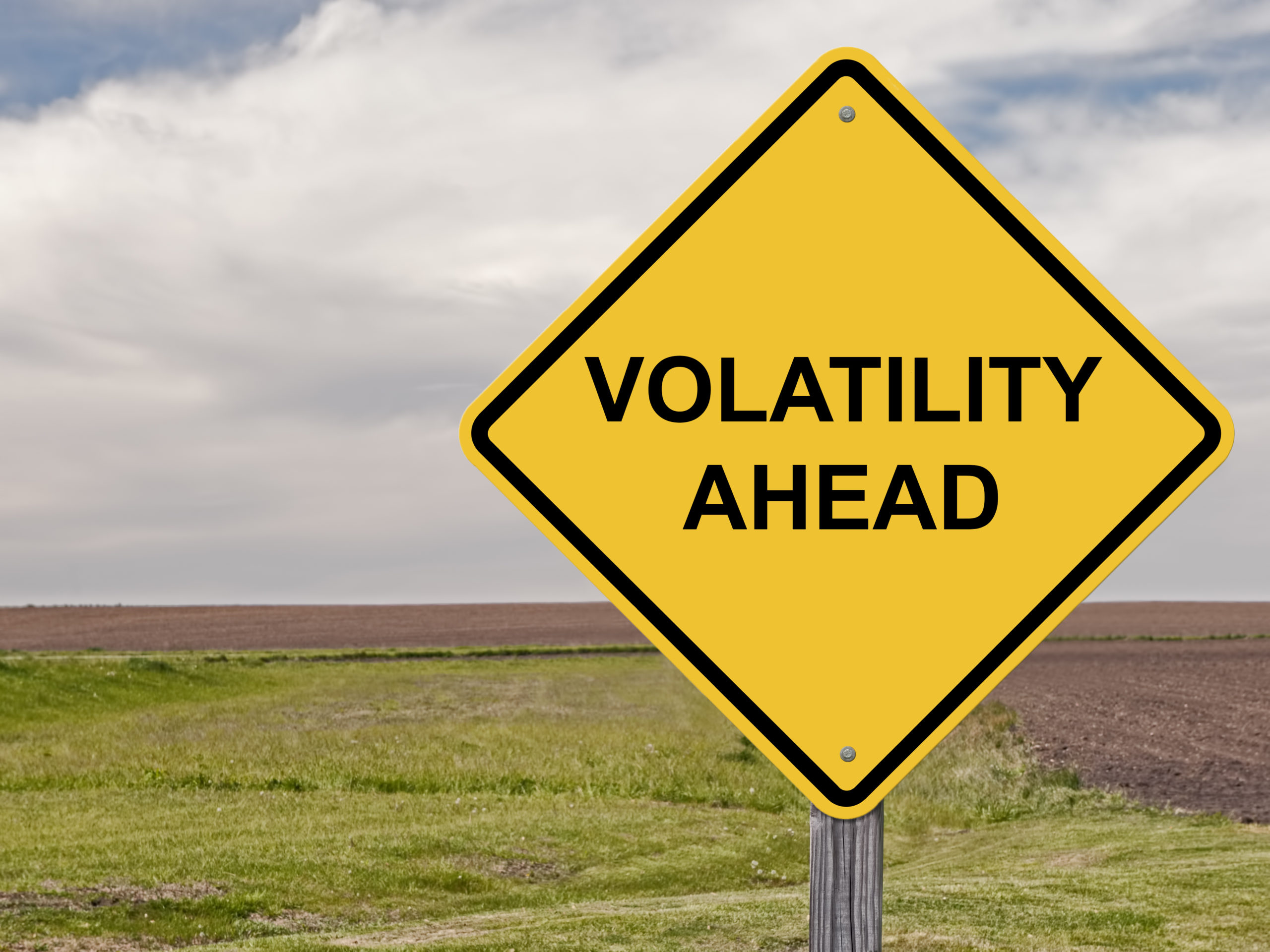Ladies and gentlemen, we are in the thick of earnings season once again.
And whenever earnings season comes around, it has the potential to shake up the market in a big way.
“Sell options ahead of earnings because you’ll get a vol crush,” you’ll hear traders often say.
And if you’re one of the millions of retail traders who don’t know what that means, it could cost you.
Don’t get it twisted, the “vol” that’s getting crushed here is implied volatility, not volume.
Implied volatility is the amount the market thinks a stock price can move.
It can have a massive impact on what we trade, and how we trade it.
Today I’m diving deep into the world of implied volatility — how it works, how to find it and what to do about it.
How to Avoid a Volatility Crush
Some stocks that move a lot day-to-day like Netflix Inc. (Nasdaq: NFLX), Nvidia Corp. (Nasdaq: NVDA) and Tesla Inc. (Nasdaq: TSLA) are said to have high implied volatility year-round.
But individual stocks also have high implied volatility around “unknown” events like earnings.
Why is that? Because there’s a ton of things that can happen around earnings.
A company can beat or miss expectations. Sometimes, executives can say something that moves the stock one way or the other.
Stocks usually make big moves about four times a year, and that’s typically around earnings.
So it makes sense that when a stock is expected to have a big move, this can drive demand in the options market.
You’ll have people who think a stock is going to have a blowout quarter and want to buy calls. You’ll have people who think that same stock will crash, and they’ll buy puts.
You also have traders who want some insurance on their stock for earnings, and they’ll buy puts to hedge against that unknown event.
That spike in demand means option premiums will be more expensive than they would without that event.
Well, the same thing can happen in reverse, moving away from unknown events.
Once those reports are in the books, all of that speculation about what “could” happen that drove prices up — the volatility — goes away. That’s when volatility crushes the value of the options. So how do you avoid a volatility crush?
In the video, we’ll look at some examples from last season like Apple Inc. (Nasdaq: AAPL) and Amazon.com Inc. (Nasdaq: AMZN), and see firsthand how it affects options prices around “unknown” events.
P.S. There’s a new stock market quirk that I call a “blockbuster breakout date.”
And these dates are only tied to a certain group of stocks in an explosive part of the health care sector.
That’s probably why most people don’t think to trade them.
But the small band of traders who’ve been trading these “blockbuster dates” beside me have already had the chance to cash in on some powerful winners…
I’m talking about gains like 115% on TEVA… 175% on BHC… and even 210% on CRMD!
So now I want to show everyday traders how these explosive dates work, and how anyone can start targeting biotech stocks like these today.
